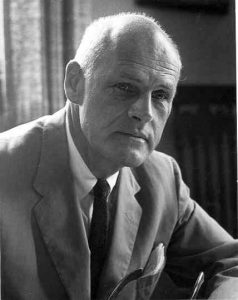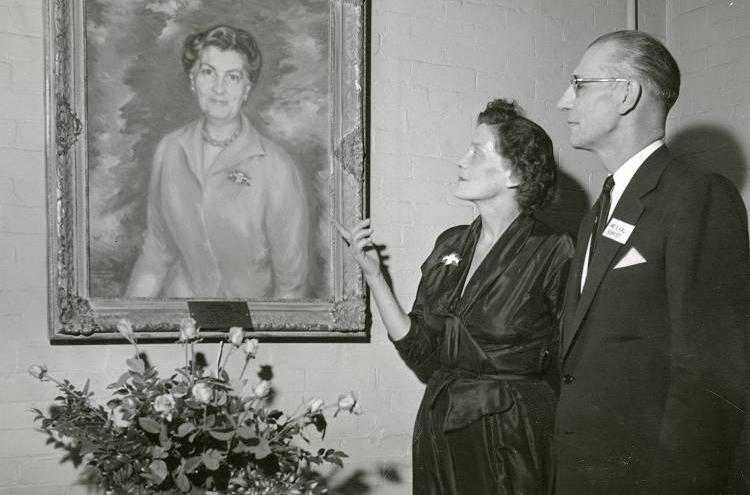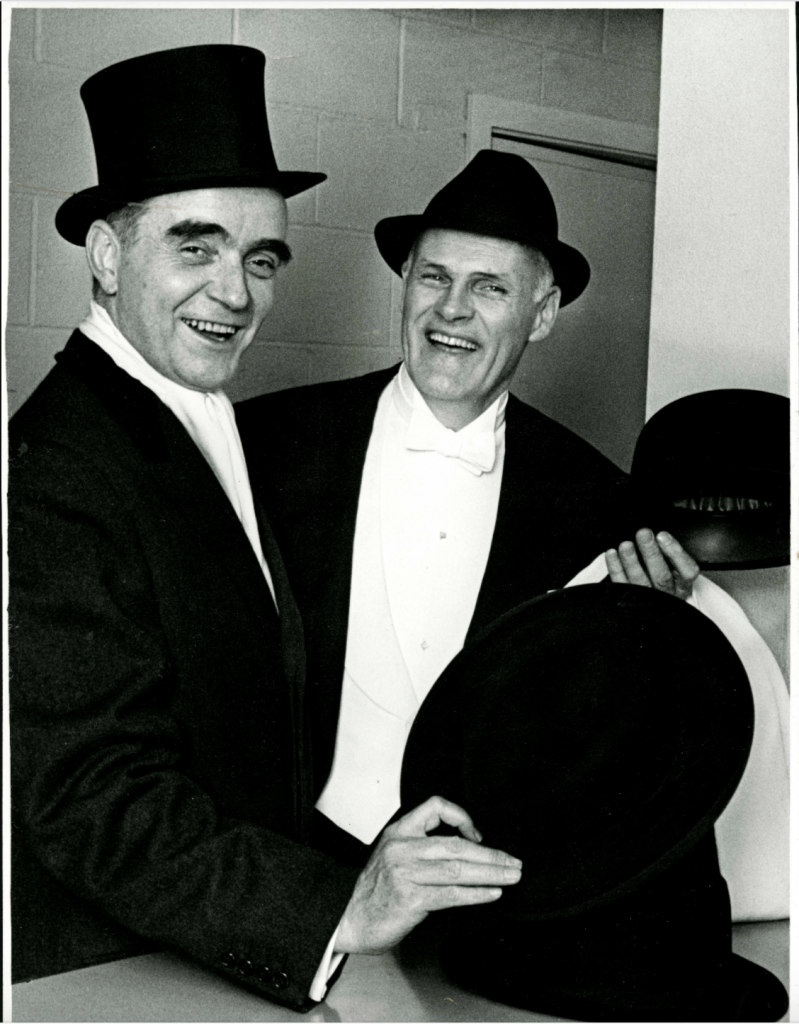
Photo info ...
Credit: Indiana University IndianapolisView Source
(Apr. 24, 1905-July 28, 1975). Born in Rockford, Illinois, where his father invented machine tools and his mother taught school, Donald Mattison grew up in North Carolina. He showed an early interest in art and enrolled in the school of fine arts at Yale University, proving successful as a draftsman and painter.
After completing his bachelor’s and master’s of fine art degrees, Mattison moved to Chicago in 1927 where he married and worked as an assistant to the muralist Eugene Savage. In 1928, he won the Prix de Rome and held a three-year fellowship in painting at the American Academy in Rome. Returning to New York City in 1931 with his wife and daughter, he taught and accepted commissions until he became director of the in May 1933.
Charged with developing a distinguished fine arts program, Mattison swiftly replaced the school’s faculty, which included a controversial ouster of artist . His removal of such popular and well-known Herron faculty members led protesting students to hang and burn his effigy.

Curriculum changes he inaugurated aimed to produce completely trained and experienced artists. Mattison hired to build a sculpture program and guest artists to teach special media such as lithography. With his encouragement, Herron students entered and won the Prix de Rome competition in four successive years from 1937 to 1940.
Enrollment burgeoned following World War II, and despite limited resources, Mattison continued to develop Herron’s programs, particularly printmaking. His profile appeared in a national art magazine, and, in 1958, the Herron Art Museum mounted a 25-year retrospective honoring his achievement.

Mattison’s success as an administrator matched the demand for his artwork. Focusing on portraits and paintings of the American scene, an art movement chronicling everyday life in America, Mattison exhibited locally and nationally, won prizes, and accepted commissions. He also completed post office murals in Tipton and Union City, Indiana.
The 1960s opened with Herron receiving a major scholarship bequest and the gift of a new school building. The sudden death of his wife in 1961 and debates within the about the future of the Herron Museum and School made the decade a difficult one for Mattison. Despite his eloquent pleas for a continuance of the partnership, the Art Association’s board of directors severed the school and museum.
In 1967, Herron School of Art joined Indiana University. Mattison’s skill in negotiating this transfer preserved the school’s heritage. He became its first dean, serving until retirement in 1970. Afflicted with poor health, he remained active as a painter until he succumbed in 1975 after a long illness.
Mattison mentored the professional development of two generations of artists, and he created an important body of artwork. His portrait commissions included U.S. Supreme Court justices Thurgood Marshall and Sherman Minton, Indiana governors Paul McNutt and Harold Handley, author , and many social, business, and community leaders. His work is in the collections of the Smithsonian Institution, the , Yale, Princeton, and Indiana universities, and many private collections.

Help improve this entry
Contribute information, offer corrections, suggest images.
You can also recommend new entries related to this topic.